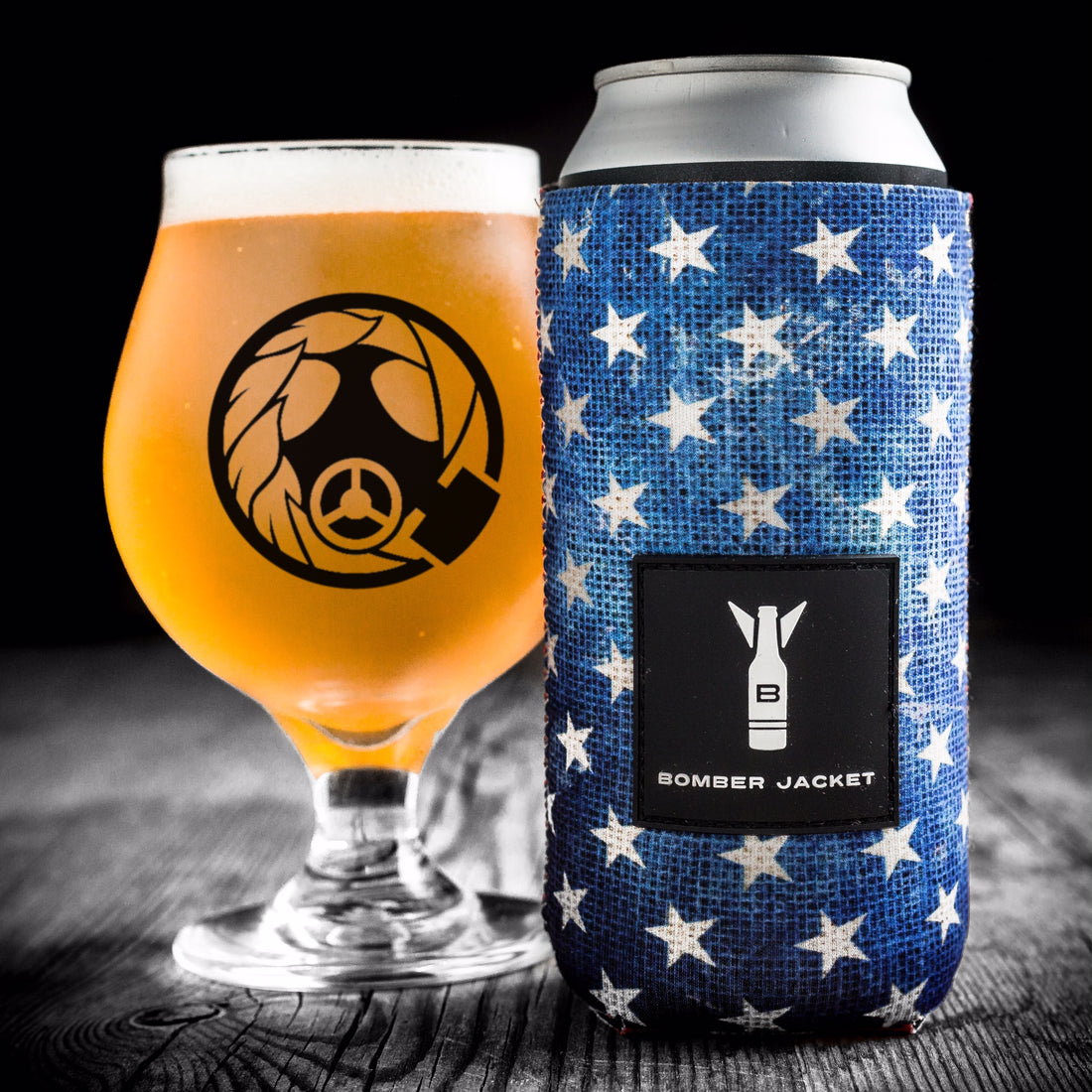The hazy IPA, also known as the New England IPA or juicy IPA, is a relatively new style of India pale ale that has gained popularity in recent years. It is characterized by a hazy or cloudy appearance, a juicy and fruit-forward flavor profile, and a soft, pillowy mouthfeel.
The origins of the hazy IPA can be traced back to the early 1990s, when a small group of craft breweries in Vermont began experimenting with new hop varieties and brewing techniques. One of these breweries, the Alchemist, is credited with creating the first hazy IPA in 2003. The style quickly gained popularity in the Northeast region of the United States and eventually spread to other parts of the country and beyond.
One of the key features of the hazy IPA is its high level of turbidity, or cloudiness. This is achieved by using a combination of malt and wheat in the grain bill and using hops that are high in alpha acids and oils. The hops are added late in the brewing process, which gives the beer its juicy and fruit-forward flavor profile.
The hazy IPA has also been noted for its soft, pillowy mouthfeel, which is achieved by adding oats and other grains to the grain bill and using a high level of protein in the water. This gives the beer a smooth, velvety texture that is often described as "juicy" or "creamy."
Despite its recent rise in popularity, the hazy IPA has been met with some criticism from traditionalists who argue that it lacks the balance and complexity of other IPA styles. However, it has also gained a devoted following among craft beer enthusiasts who appreciate its unique flavor and texture.
Today, the hazy IPA is a staple of the craft beer scene, with breweries across the country and around the world producing their own versions of the style. It has also inspired a number of other hazy styles, such as the hazy pale ale and the hazy double IPA.

